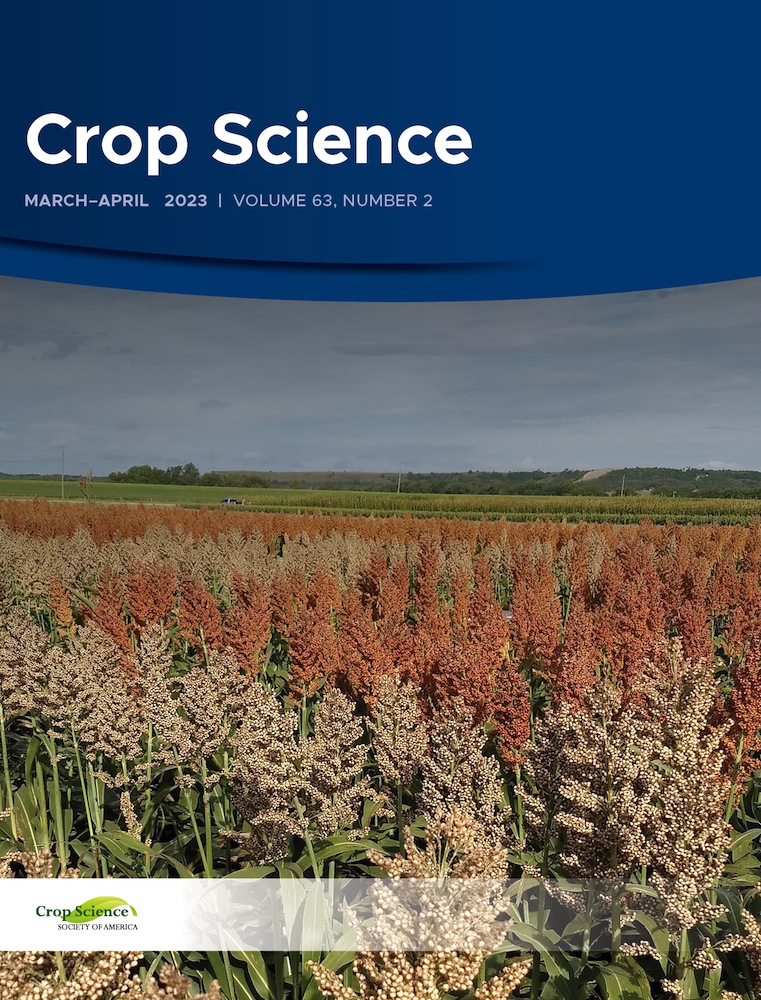Selection of parents in a population hybrid breeding scheme for sweetpotato in Uganda
Abstract
Sweetpotato [Ipomoea batatas (L.) Lam. (2n = 6x = 90)] is a highly heterozygous, clonally propagated crop for which population hybrid breeding is expected to result in yield jumps and large genetic gain increases. The main objective of this study was to select parents for a heterosis exploiting breeding scheme in Uganda using general combining ability and index selection aggregating yield and biotic stress traits. Two large and very diverse breeding populations established in Uganda (UGA A, 50 parents; UGA B, 80 parents) were recombined for this study into a hybrid population comprising 8,097 genotypes from 1,097 inter-population families. Parents and offspring clones were evaluated in unreplicated trials across five environments during 2018/2019, together with two commercial checks (Ejumula and NASPOT 8). Using mixed model analysis, breeding values (BVs) were estimated across traits [i.e. storage root yield, commercial roots per plant, foliage yield, and resistance to Sweetpotato Virus Disease (SPVD) and Alternaria blight]. For storage root yield, the BVs ranged from 3.5 to 10 t ha−1 and from 2 to 12 t ha−1 for parents in UGA A and B, respectively. For SPVD resistance, scored one month before harvest, the BVs ranged from 3.3 to 4.3 and from 3.1 to 4.7 for parents in UGA A and B, respectively. Out of 130 parental candidates, 40 parents were selected (20 for each parental group). The plan is to use in the future GCA values combined by a modified Pesek-Baker index using standardized desired genetic gains to select parents together with other information such as flesh color of parental material.

